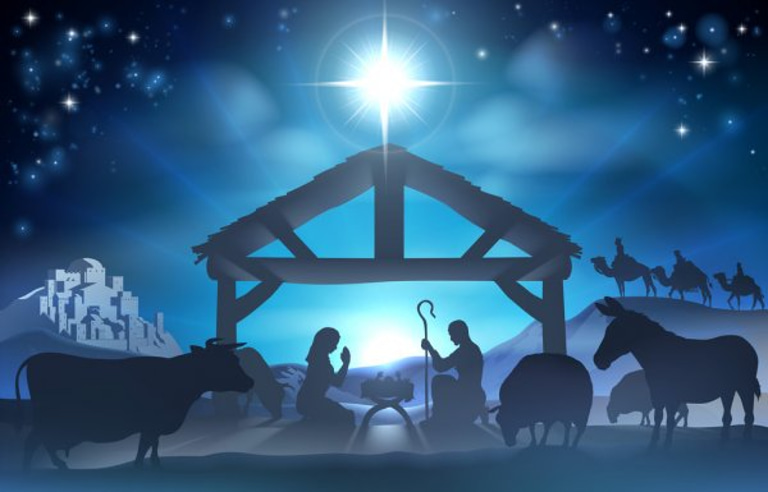Visiting Bethlehem: Holy Sites Near the Church of the Nativity
Explore Bethlehem’s holy sites near the Church of the Nativity—from the Milk Grotto to Shepherds’ Field—your guide to a meaningful pilgrimage.
8/28/202510 min read
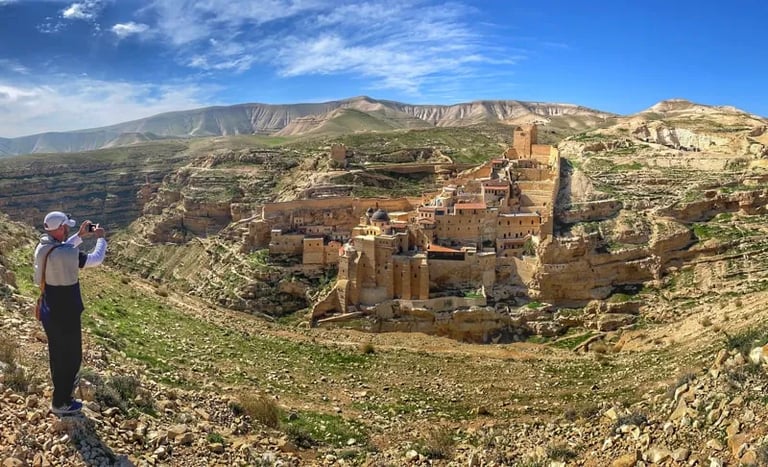

People Also Ask: Hidden Sacred Sites Near Bethlehem
Q: What is the Milk Grotto Chapel in Bethlehem?
A: It’s a small chapel where Mary is believed to have nursed Jesus, with white stone considered a symbol of divine blessing.
Q: What can visitors do at Shepherds’ Field?
A: Walk the fields where angels appeared to shepherds, visit chapels, and reflect on the Nativity story.
Q: Why visit the Church of St. Catherine?
A: It hosts Midnight Mass, preserves Gothic and Crusader elements, and contains St. Jerome’s grotto.
Q: What is unique about Mar Saba Monastery?
A: Founded in the 5th century, it showcases desert monastic life and Byzantine liturgy atop the Kidron Valley cliffs.
Q: Can tourists visit the Tomb of Rachel?
A: Access is limited, but it remains a sacred site significant in Christian, Jewish, and Islamic traditions.
Q: Are there other sacred sites near Bethlehem?
A: Yes, including the Chapel of the Innocents, Monastery of Hortus Conclusus, Bethlehem University chapel, and local convents.

Introduction
“Over 1 million pilgrims visit Bethlehem each year—but most only see the Church of the Nativity, missing sacred gems just steps away.” Beyond the famous grotto, Bethlehem hides chapels, ancient caves, and historic monasteries that enrich the story of Jesus’ birth.
Using pilgrim diaries, UNESCO reports, and archaeological findings, this guide reveals the city’s hidden treasures. You’ll discover key nearby sites, explore centuries-old traditions, and get practical tips for visiting respectfully.
Whether you’re a pilgrim, history enthusiast, or curious traveler, Bethlehem offers a deeper, more meaningful experience than the Nativity grotto alone. Follow along to uncover the spiritual, historical, and cultural wonders that make this city unforgettable.
The Milk Grotto Chapel
Nestled just steps from the Church of the Nativity is the Milk Grotto Chapel, a serene space steeped in both tradition and devotion. According to local belief, this is the site where Mary nursed the infant Jesus, and legend tells us that a few drops of her milk fell onto the stone, turning it white—a sign of divine blessing. This simple yet powerful story has inspired pilgrims for centuries, making the grotto a place of hope, prayer, and reflection.
The chapel’s history stretches back to Byzantine foundations, with references during the Crusader period noting its significance for Christian worship. Today, the site is under Franciscan custodianship, preserving both its physical structure and its devotional traditions. Archaeological studies and Franciscan records reveal evidence of early Christian activity, including votive offerings left by pilgrims over the centuries, underscoring its longstanding role as a sacred site.
Modern pilgrims continue to visit the Milk Grotto with a variety of intentions, most commonly praying for fertility, safe pregnancies, and the health of children. A quiet anecdote illustrates this beautifully: a couple I spoke with carefully touched the white stone, whispering prayers for their first child, embodying the living continuity of faith and personal devotion that characterizes the grotto.
The chapel offers a quieter, more intimate alternative to the bustling Nativity grotto, making early morning or late afternoon the ideal time for reflection. Its peaceful atmosphere allows visitors to slow down, engage in personal prayer, and connect deeply with the traditions preserved here.
Reflection Tip: Take a small token—a candle, prayer card, or even a written intention—to leave at the grotto. Observing how pilgrims of all ages interact with the site provides a moving glimpse into the personal and communal devotion that has defined the Milk Grotto for centuries.
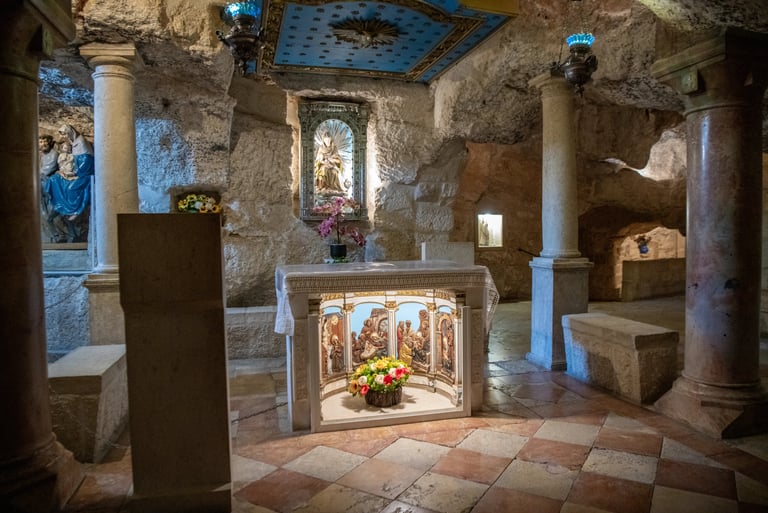

Shepherds’ Field
A short journey from Bethlehem brings visitors to Shepherds’ Field, a site deeply intertwined with the Nativity story. According to Luke 2, this is where angels appeared to shepherds, announcing the birth of Christ. Today, pilgrims and visitors can experience a tangible connection to this moment, walking through fields that have been revered for centuries as part of the sacred landscape of Bethlehem.
There are two main sites associated with the angelic announcement. The Franciscan site in Beit Sahour features a modern chapel and scenic walking paths, while the Greek Orthodox site preserves a more traditional historical setting. Both locations offer glimpses of the layers of devotion that have grown over time, from simple markers to carefully maintained chapels.
Archaeological investigations have revealed caves, the ruins of a 5th-century chapel, and mosaic remnants, offering evidence of early Christian worship in the area. Studies published in the Biblical Archaeology Review highlight these features, confirming that shepherds and early Christian communities used these landscapes for both shelter and devotion. Standing in the fields, one can imagine the humble scene described in the Gospel and reflect on how these stories have shaped centuries of faith.
Today, Shepherds’ Field remains an active site for outdoor worship, particularly during Christmas, when pilgrims gather for processions, prayers, and reflection in the open air. The walking paths and visitor chapels make it accessible, yet still intimate enough to encourage personal meditation and spiritual connection.
Reflection Tip: Take a moment to pause in the fields, breathe in the open air, and imagine the shepherds hearing the angels’ message. Reflecting quietly on this humble setting can help you connect personally with the Nativity story, bridging the gap between history, scripture, and your own sense of wonder.
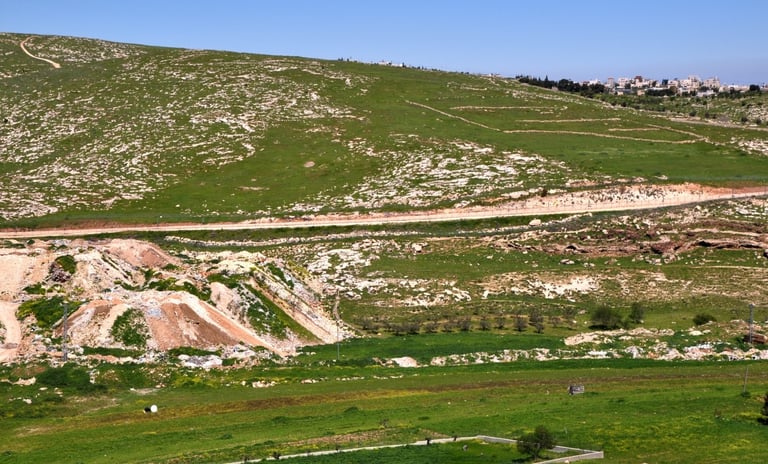

The Church of St. Catherine
Adjacent to the Basilica of the Nativity, the Church of St. Catherine serves as the heart of Catholic worship in Bethlehem. Its Gothic design, combined with remnants from the Crusader period, provides a fascinating glimpse into the architectural and spiritual history of the site. Pilgrims often marvel at how layers of history—medieval craftsmanship, sacred art, and modern liturgical spaces—coexist seamlessly within this active parish.
St. Catherine’s plays a central role during Midnight Mass at Christmas, the service broadcast worldwide to millions of viewers. Inside, the church is alive with music, prayer, and devotion, offering a vibrant experience for both local congregants and international pilgrims. Beneath the main sanctuary, subterranean chapels give access to St. Jerome’s grottoes, historically linked to the translation of the Bible into Latin, adding another layer of spiritual and scholarly significance.
The church’s dual identity—as a living parish and a site of global liturgical importance—creates a unique atmosphere. Visitors can participate in local worship, observe centuries-old traditions, and witness how faith continues to thrive in a historically complex environment.
Reflection Tip: Pause in the nave or near one of the grottoes to reflect on the continuity of devotion—from St. Jerome’s scholarly work to the modern celebration of Midnight Mass. Taking a quiet moment here allows you to experience the intertwining of history, scholarship, and living faith, deepening your connection to Bethlehem and the Nativity story.
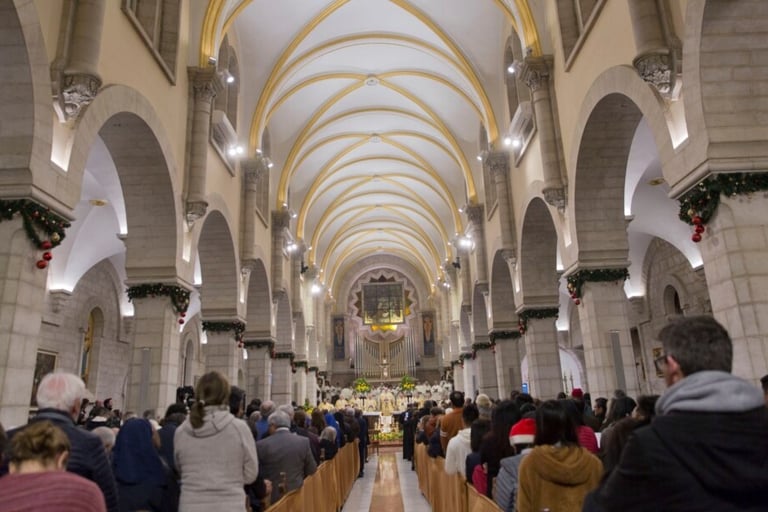

The Grotto of St. Jerome
Tucked beneath the Church of St. Catherine, the Grotto of St. Jerome offers a quiet yet profound glimpse into Christian scholarship and devotion. It was here, according to tradition, that St. Jerome translated the Bible into Latin (the Vulgate) in the 4th century, an achievement that shaped Christian practice and study for centuries. Walking through this subterranean space, one can sense the dedication and discipline required to engage so deeply with sacred texts.
Archaeological studies reveal remains of monastic cells and early Christian inscriptions, evidence of the centuries-long veneration and study that took place here. Scholars and pilgrims alike—from students to monks—have left traces of their devotion, whether through carved inscriptions, written notes, or simply the act of quiet reflection in this sacred space. Historical accounts from figures such as Paula and Eustochium corroborate Jerome’s presence and the site’s importance, highlighting both the scholarly and spiritual significance of the grotto.
For modern visitors, the grotto provides an intimate opportunity to reflect on how one person’s dedication to scripture has influenced Christianity globally. It is a space where history, faith, and scholarship converge, offering inspiration for personal study, prayer, or contemplation.
Reflection Tip: Spend a few moments in quiet reflection here. Consider how Jerome’s work continues to shape Christian thought and devotion, and allow the grotto’s ancient atmosphere and scholarly legacy to inspire your own engagement with scripture, history, and personal faith.
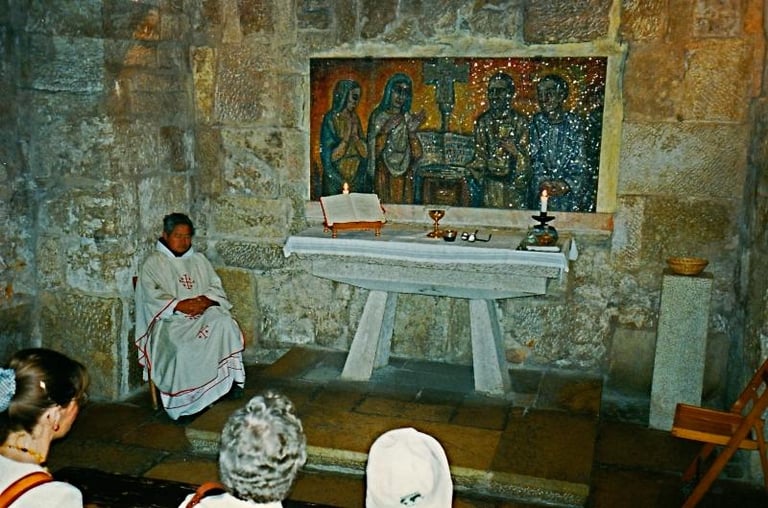

Mar Saba Monastery
Perched dramatically on the cliffs of the Kidron Valley, the Mar Saba Monastery is one of the most striking examples of desert monasticism in the Holy Land. Founded in the 5th century by St. Sabbas, it became a model for monastic life, emphasizing solitude, prayer, and simplicity. From the outside, the monastery appears almost suspended between earth and sky—a fitting image for a place dedicated to contemplation and spiritual discipline.
Inside, monks preserve the Byzantine liturgy, maintaining centuries-old rituals that connect the present with the early Christian tradition. While the inner monastery remains closed to women, a viewing terrace allows all visitors to appreciate its architecture, cascading chapels, and stone stairways that seem carved directly from the cliffside. Archaeological layers reveal chapels, monastic cells, and ancient water cisterns, evidence of the monastery’s self-sufficient design and enduring spiritual purpose.
Modern pilgrimage to Mar Saba is rare but transformative. Visitors must respect the monks’ strict rules and limited access, yet even a brief visit offers a profound sense of the contemplative life. One travelogue describes standing on the terrace as “a moment of silence so deep it feels almost sacred, as if time itself pauses above the desert canyon.”
Reflection Tip: Take time on the viewing terrace to absorb the monastery’s dramatic setting and imagine the rhythms of monastic life. Reflect on how discipline, devotion, and connection to the natural world shaped both the monks’ spiritual practice and the enduring legacy of early Christian communities. This perspective can deepen appreciation for the intersection of faith, history, and landscape in the Holy Land.
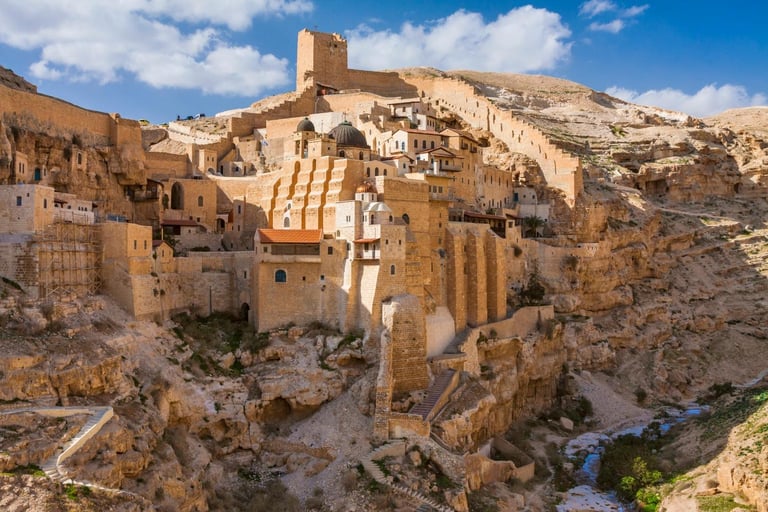

The Tomb of Rachel
The Tomb of Rachel, located just outside Bethlehem, holds profound significance in biblical and religious tradition. According to Genesis 35, it is the burial site of Jacob’s beloved wife, Rachel, and is mentioned in Matthew 2:18, where the prophet Jeremiah’s words—“Rachel weeping for her children”—are linked to the sorrow surrounding Herod’s massacre. For Christians, this connection weaves together scripture, prophecy, and devotion, creating a deeply contemplative space for reflection.
The tomb is also revered in Jewish and Islamic traditions, making it a shared sacred site, though it has been subject to historical tensions and contestation. Over the centuries, it has witnessed Crusader references, Ottoman renovations, and modern efforts to preserve its spiritual and architectural integrity. Each layer of history adds depth to the site, illustrating how faith, politics, and culture intersect at this small but powerful location.
Today, access is restricted, and visitors are encouraged to check safety updates and political conditions before planning a visit. Despite these challenges, the Tomb of Rachel continues to draw pilgrims, scholars, and tourists who seek to engage with its spiritual resonance and historical significance.
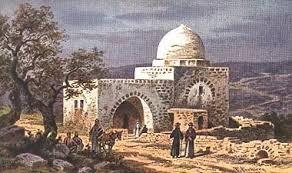

Other Nearby Sacred Sites Worth Exploring
Bethlehem offers more than the Church of the Nativity and Shepherds’ Field—several nearby sacred sites provide additional layers of history, devotion, and reflection.
The Chapel of the Innocents commemorates the tragic event described in Matthew’s Gospel, when King Herod ordered the massacre of infants. Though small, the chapel invites visitors to pause and reflect on the enduring themes of innocence, loss, and hope that resonate through the Nativity story.
The Monastery of Hortus Conclusus, devoted to the Virgin Mary, offers a tranquil setting for prayer and contemplation. Its gardens and chapels provide a quiet retreat from the bustle of Bethlehem’s streets, allowing pilgrims to connect with centuries of Marian devotion.
Nearby, the Bethlehem University chapel represents the living Catholic tradition in a modern educational setting. Here, students and faculty continue to celebrate faith, bridging the historical legacy of the city with contemporary spiritual life.
Other sites, such as the Church of St. Joseph, smaller convents, and local chapels, round out the rich tapestry of Bethlehem’s sacred landscape. Each site, whether ancient or modern, invites visitors to explore different aspects of Christian devotion and local heritage, deepening both historical understanding and personal reflection.
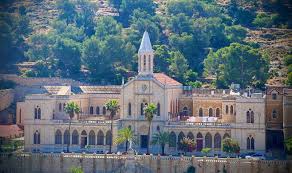

Living Pilgrimage Traditions in Bethlehem
Bethlehem is not just a historical site—it is a living center of Christian devotion, where ancient traditions continue to thrive alongside modern celebrations. During Christmas, the streets come alive with processions from Catholic, Orthodox, and Armenian communities, converging on Manger Square in a vibrant display of faith, music, and cultural expression. These parades are both a celebration and an invitation, allowing pilgrims to witness centuries-old liturgical traditions in motion.
Beyond Christmas, Epiphany celebrations extend the city’s sacred rhythm. Pilgrims and locals alike travel to the Jordan River for baptisms, while Bethlehem hosts special liturgies and processions that highlight the continuing significance of the Nativity and Christ’s early life. These events reflect the enduring role of the local Christian communities, who have preserved faith practices, oral traditions, and ritual knowledge across generations.
What makes Bethlehem so remarkable is the blend of history and living worship. Walking the streets, hearing the chants, or watching a procession, visitors can feel the city’s pulse as a holy place—not just as a site frozen in time, but as a space where devotion is actively expressed and renewed every year. Modern liturgical calendars and church records confirm that these traditions remain vibrant and meticulously maintained, a testament to both faith and communal resilience.
Reflection Tip: If you are fortunate enough to witness a procession or participate in local liturgies, take a moment to observe the layers of continuity and adaptation. Reflect on how ancient rituals meet modern devotion, and consider how being present in these living traditions can connect you personally to the heartbeat of Bethlehem’s Christian community.
Conclusion
Bethlehem’s holiness radiates far beyond the Church of the Nativity. From chapels and grottos to monasteries and living traditions, the city offers a rich tapestry that keeps the Nativity story alive in both history and faith. Each site—whether ancient or modern—provides a window into centuries of devotion, inviting visitors to witness the intersection of scripture, archaeology, and contemporary worship.
Exploring Bethlehem allows for a layered experience. Biblical memory is present in sites like Shepherds’ Field and the Tomb of Rachel, while archaeological discoveries and preserved architecture reveal the historical continuity of Christian devotion. Simultaneously, living faith unfolds daily through local liturgies, processions, and communal celebrations, reminding visitors that Bethlehem is not just a museum of the past but a vibrant, spiritual city.
For pilgrims and travelers alike, a visit is most meaningful when approached with respect, patience, and curiosity. Allow time to venture beyond the main basilica, engage with local communities, and quietly reflect in smaller chapels or scenic sites like Mar Saba. These moments enrich understanding and cultivate a personal connection to the story of Christ’s birth.
